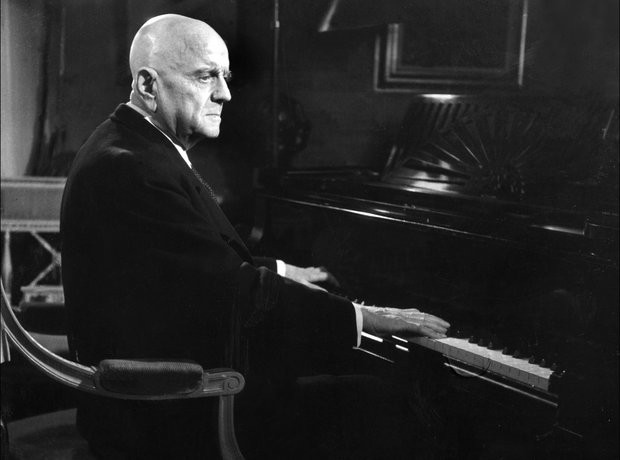Jean Sibelius, Finland’s most celebrated composer, has left an indelible mark on the world of classical music. His works, characterized by their nationalistic fervor and profound emotional depth, continue to inspire and captivate audiences. Here, we explore ten of his most remarkable compositions that showcase his genius and enduring legacy.
1. Finlandia, Op. 26 (1899)
“Finlandia” is perhaps Sibelius’s most famous work, a stirring tone poem that has become a symbol of Finnish national pride. Composed during a time of Russian censorship, the piece conveys a powerful message of resistance and hope. The hymn-like section towards the end is especially beloved and often performed as a standalone piece.
2. Symphony No. 2 in D major, Op. 43 (1902)
This symphony is considered one of Sibelius’s masterpieces, embodying the essence of his symphonic style. The Second Symphony, often interpreted as a statement of Finnish nationalism, moves from a serene and pastoral beginning to a triumphant and heroic finale, capturing a journey of struggle and ultimate victory.
3. Violin Concerto in D minor, Op. 47 (1904)
Sibelius’s only concerto is a cornerstone of the violin repertoire. It is celebrated for its lyrical beauty and technical challenges. The concerto’s emotional depth and virtuosic demands make it a favorite among both performers and audiences, showcasing Sibelius’s gift for melodic invention and orchestration.
4. Symphony No. 5 in E-flat major, Op. 82 (1915)
Composed during the tumultuous period of World War I, the Fifth Symphony is noted for its majestic and uplifting character. The final movement, with its famous “swan theme,” was inspired by a vision Sibelius had of sixteen swans in flight, symbolizing a sense of transcendence and renewal.
5. The Swan of Tuonela, Op. 22 No. 3 (1895)
Part of the “Lemminkäinen Suite,” this tone poem is one of Sibelius’s most evocative works. It depicts a swan gliding through the dark waters of Tuonela, the realm of the dead in Finnish mythology. The haunting cor anglais solo against the lush orchestral background creates an atmosphere of otherworldly beauty and mystery.
6. Symphony No. 7 in C major, Op. 105 (1924)
Sibelius’s final symphony is a unique and innovative work, composed as a single continuous movement. This symphony represents a culmination of his symphonic development, with its seamless transitions and organic growth. It’s a profound and introspective piece that leaves a lasting impression on the listener.
7. Karelia Suite, Op. 11 (1893)
The “Karelia Suite” is one of Sibelius’s early successes, embodying the spirit of Finnish folk music and patriotism. Each of the three movements – “Intermezzo,” “Ballade,” and “Alla Marcia” – is infused with vibrant energy and evocative melodies, making it a perennial favorite in the concert hall.
8. Tapiola, Op. 112 (1926)
“Tapiola” is a tone poem that vividly portrays the mystical forest god Tapio and the ancient Finnish wilderness. It’s a late work of Sibelius, showcasing his mastery of orchestration and atmosphere. The music captures the awe-inspiring beauty and eerie tranquility of the primeval forest.
9. Symphony No. 1 in E minor, Op. 39 (1899)
Sibelius’s First Symphony is a powerful and passionate work, reflecting his early influences and individual style. It combines a dramatic intensity with lyrical beauty, particularly in the expressive second movement. The symphony established Sibelius as a major symphonic composer.
10. Valse Triste, Op. 44 No. 1 (1903)
Originally part of the incidental music for his brother-in-law Arvid Järnefelt’s play “Kuolema,” “Valse Triste” has become one of Sibelius’s most popular pieces. This melancholy waltz, with its haunting and nostalgic melody, has a timeless appeal that resonates with audiences around the world.
Conclusion
Jean Sibelius’s contributions to classical music are immense and enduring. His ability to evoke the natural beauty and cultural spirit of Finland through his compositions has earned him a revered place in music history. These ten works represent just a glimpse into the rich and varied output of a composer whose music continues to inspire and move listeners worldwide.


Comments are closed